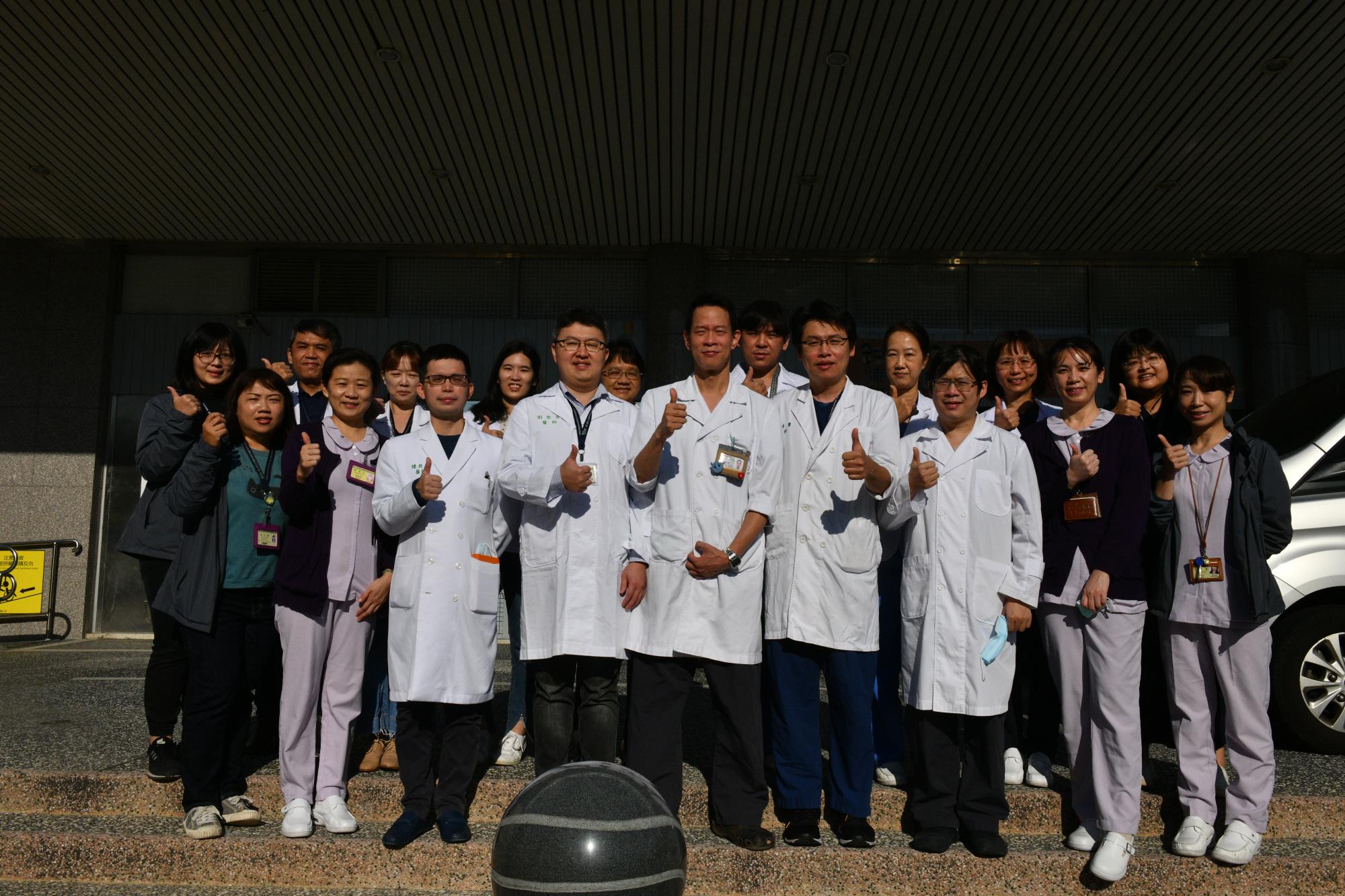886-3-5326151


Cardiac Catheterization
cath lab
Special features of the cath lab of National Taiwan University Hospital Hsinchu Branch:
| Category | number of people | Division | Conditions | Language |
| Cardiac Intensive Care Unit -Physician |
22 | Division of Cardiology Division of Cardiovascular Surgery Department of Neurology |
Cardiovascular disorders (hypertension, dyspnea, dizziness or syncope, chest tightness, palpitation, intermittent claudication, heart failure, other heart related diseases). | English、 Malay |
| Cardiac Intensive Care Unit - Nurse |
31 | Nursing Department |
Coronary artery disease (coronary artery bypass surgery, minimally invasive cardiac surgery). |
English、 Japanese |
| Internal Medicine Intensive Care Unit -Physician |
10 | Division of Pulmonology | Respiratory disorders (chest pain, chest tightness, shortness of breath, lung cancers, tuberculosis, asthma, cough, hemoptysis, respiratory system tumors). | English、 Japanese |
